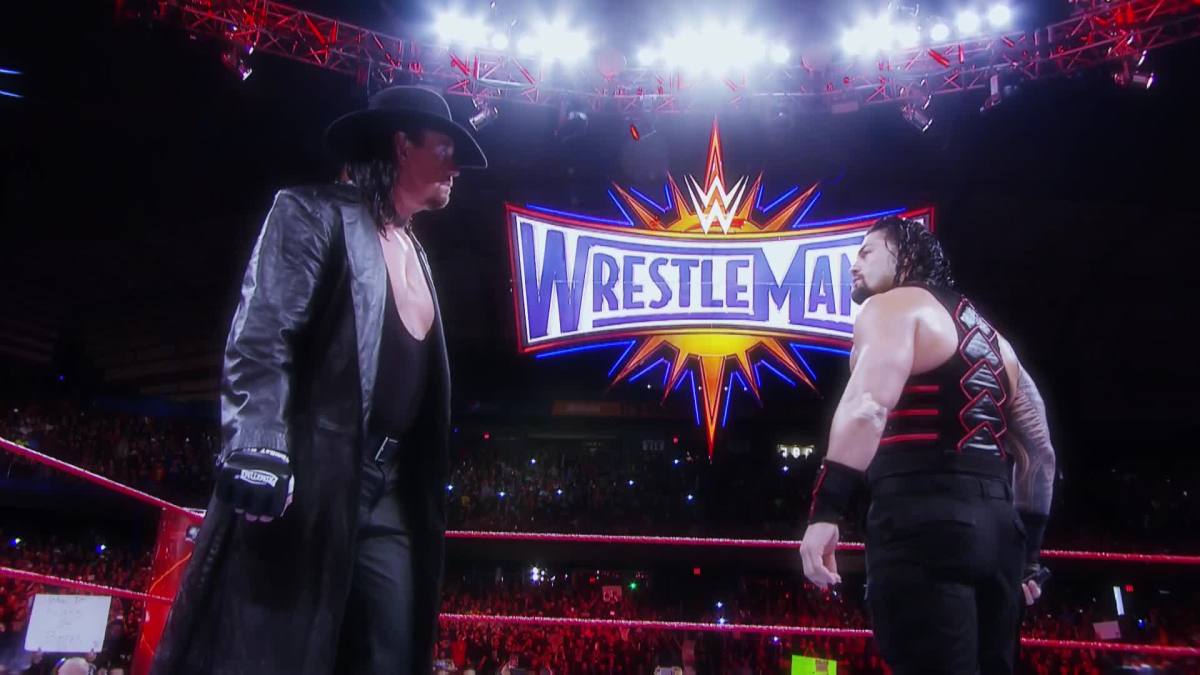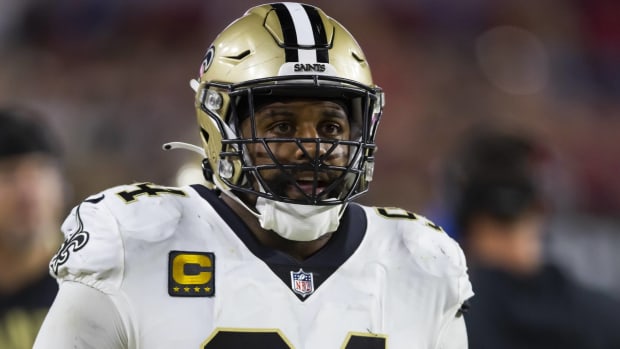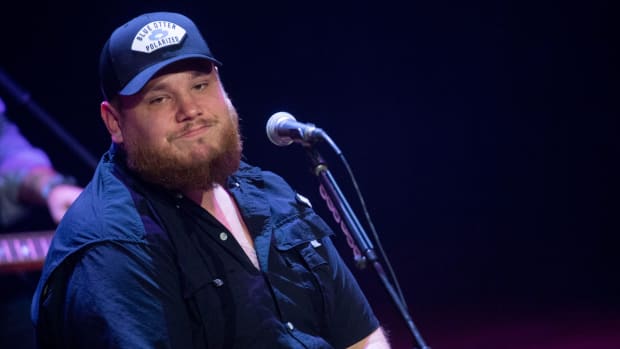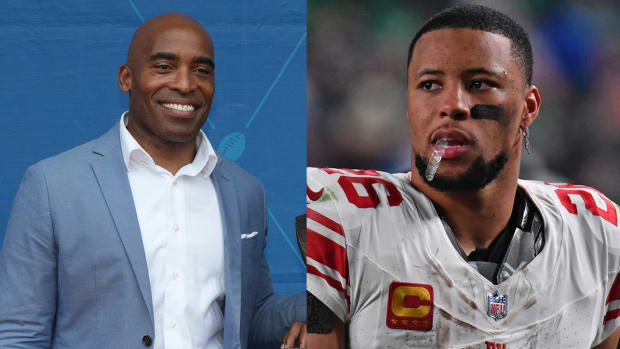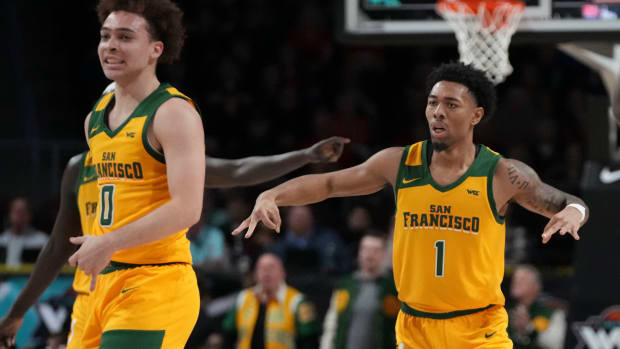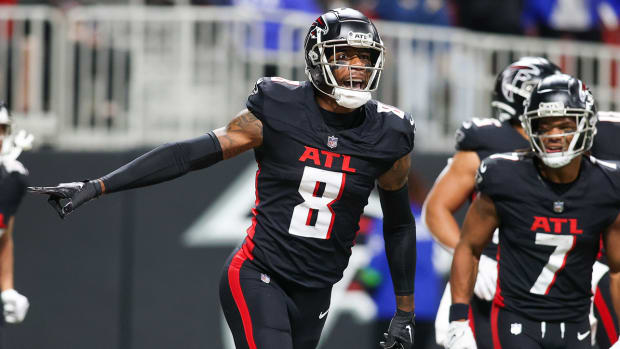The Shoot: Justin Roberts pays tribute to The Undertaker
The Shoot is a first-person point of view piece written and shared directly from the people inside the business of professional wrestling. In this week’s edition, former WWE ring announcer Justin Roberts–who is also the author of recently-released Best Seat in the House–thanks The Undertaker for a storied career.
Thank You, Undertaker
In 1991, when I was 11 years old and got bit by the wrestling bug, I had seen GLOW, Gorgeous Ladies of Wrestling, on Saturday Nights. I had seen WWF’s Saturday Night’s Main Event when it would preempt Saturday Night Live, but running into the Ultimate Warrior and the “Texas Tornado” Kerry Von Erich at a Milwaukee hotel made me search for WWF in the TV Guide.
The big event that year was WrestleMania VII. WrestleMania was the Super Bowl of wrestling and this was set to be the biggest event of the year. Hulkamania was runnin’ wild and the “Immortal” Hulk Hogan vowed to defeat the evil Sgt. Slaughter to regain the WWF championship, as Hulkamania would never die. On that same event, a character that had debuted at the previous WWF pay per view, the Survivor Series, would make his WrestleMania debut. He did not claim to be immortal. In fact, this character was the complete opposite.
A gong would play into the arena and Gorilla Monsoon would proclaim on commentary, “For whom the bell tolls.” The music that played wasn’t a catchy theme song, like The Rockers would run out to, or a hardcore song like Demolition’s, nor was it anything like the Legion of Doom’s entrance music. As an eerie funeral march played, a pallbearer so to speak, dressed in a suit with a pale face and dark black circles around his eyes–appropriately named Paul Bearer–would lead the Grim Reaper to the ring with a gold urn in his hands. Dressed in black with a black hat and gray tie, The Undertaker would enter the ring to wrestle and dismantle “Superfly” Jimmy Snuka. This would unknowingly begin “The Streak” that would become a WrestleMania staple many years later.
Week after week, The Undertaker would make his eerie entrance as Gorilla Monsoon continued to point out the uncomfortable atmosphere in the arena and refer to the “ominous” Undertaker as faces of scared children would show on my television screen. When the bell rang to start the match, opponents would try to get the best of him, but nothing seemed to phase the creature from Death Valley.
Just as quickly as the match began, The Undertaker would hit his opponents with the tombstone piledriver and quickly pin them for a count of three, before rolling them into a body bag. Later on, he would even have casket matches with the biggest and baddest opponents in the WWF, where the bout would end once a competitor was placed inside a casket and the lid was shut. It was hard to keep the Deadman down as his super powers were different. He would make his entrance in the dark, raise his hands and cause the lights to come on. He might get hit with his opponent’s finishing move, and those were moves that would have got them the win on anybody else, but The Undertaker would just right sit up.
The Undertaker and the rest of the guys from my WWF Lunchbags, WWF crackers, WWF ice cream bars, WWF posters on my walls and WWF action figures kept me glued to the shows. I would watch wrestling every weekend and Monday night. Over the years, Undertaker would not only transition from a bad guy to a good guy, but he would become one of the most popular stars in wrestling history. I watched Undertaker feud with Hogan, Jake “The Snake” Roberts, Giant Gonzalez, Yokozuna, Bret Hart, Diesel, Kamala, Kama, and Sid. I even saw him in-person twice; once against the Ultimate Warrior at the Rosemont Horizon, and then again against Ted DiBiase’s“Underfaker” at the United Center in Chicago.
I got into wrestling when most kids my age were getting out of that phase. I soon learned, however, that everyone watched. It was just a matter of who would admit to it. As the years went on, I never outgrew this phase. As the wrestling superstars that I admired would come and go between the WWF and rival World Championship Wrestling, The Undertaker always remained part of WWF. Eventually, WWF bought WCW, then lost a bout to the World Wildlife Foundation, necessitating a name change from the WWF to World Wrestling Entertainment. Times were changing in the wrestling world. The landscape had changed. Even The Undertaker had changed. Instead of coming out as the grim reaper, he became a biker. He was still the Deadman, but now in charge of Deadman Inc.
I, too, found myself going through a transformation. I evolved from a hardcore fan that could not and would not miss watching a wrestling show to a fan that wanted to be a part of the pro wrestling world. At 16, I started ring announcing around the Chicago independent wrestling scene. By 22, I had sent uncountable amounts of videotapes and resumes to WWE. After graduating from the University of Arizona in 2002, I sent WWE the email that finally put me over the edge. After announcing all over the country for various independent promotions, FX’s Toughman Contest and anything else I could announce, including the U of A softball team, I finally earned my tryout in the big leagues.
Entering into WWE, I had to remain professional. I was used to working with talent from WWE and WCW, but sharing a dressing room with Hulk Hogan and the current stars of WWE was a monumental change. I had a tryout match at Monday Night Raw, announcing John Cena in a pre-show match before his debut on television. The next night, I announced Rey Mysterio, who was making his WWE debut. Over time, I would fill in as ring announcer for Smackdown and sometimes even Raw, before I got a steady position as the ECW ring announcer, which was followed by two years on Smackdown and then five years on Raw.
I announced at WWE for 12 years. As has happened for decades, talent would come and go. Sometimes they would come back again, sometimes not. In those 12 years, there was one man who was always there, even when he would disappear for a short length of time.
The Undertaker.
The Undertaker was the mainstay, a consistent element of World Wrestling Entertainment. He was the grim reaper, the biker, and, eventually, the grim reaper once again. I was in awe when he would enter the arena for his matches. While some guys break character, The Undertaker was very protective of his character and remained The Undertaker. I was not only in awe when he would make his entrance, I was in awe whenever I saw him backstage. There was something special about The Undertaker, not only the character–but also the person. I never called him by his first name, because I knew him as The Undertaker. He was the staple of wrestling and the most amazing character to come out of a company filled with phenomenal characters.
Follow SI Wrestling on Facebook
Follow
On March 30, 2008, I was ready to announce my second WrestleMania. The year before, I had announced one match. I now had about half the show and even the main event. Edge was going to be wrestling The Undertaker in this main event. That ominous entrance that Undertaker would make towards the ring had only changed just a bit over the years. He still had his slow, eerie walk to the ring, but he was no longer managed by Paul Bearer. The music was the same song, just exponentially bigger. The lights were low and the smoke would fill the air. I was still in awe watching him approach the ring for this match, but now, my voice was a part of his entrance. Yet I wasn’t just the ring announcer introducing The Undertaker in the same way that I was for all the other wrestlers. I remained that fan who was taking in the special, magical entrance. I could hear Gorilla Monsoon’s commentary in my head as he walked to the ring. When I was cued, I introduced his name as the music played and the lightning sound effects filled the outdoor football stadium.
Over time, as I got more comfortable in my announcing, I would take chances and give some of the wrestlers more magnified introductions. My favorite to deliver was the introduction of The Undertaker, which grew organically from “Thee Undertaker” into a growling “Underrrrrrrrr Takerrrrrrrr”. Along with John Cena, Jeff Hardy, and Batista, The Undertaker’s introduction was turned up and delivered to go along with the reaction that he would receive when introduced. If you didn’t get goosebumps, I didn’t do my job.
The Undertaker was my favorite introduction, as well as my favorite character. There was always something special surrounding The Undertaker. No other entity or individual compiled a WrestleMania track record like him, even if it did not end perfectly. “The Streak” that had become such a huge part of WrestleMania was suddenly ended on April 6, 2014 when Brock Lesnar defeated The Undertaker at WrestleMania 30 after 21 WrestleMania victories. When the finishing bell rang, I thought there was a mistake. I thought the referee accidentally counted to three. I thought the timekeeper made a mistake as well, by ringing the bell. My stomach dropped. A minute later, I was given the cue to make the announcement … and I did. Your winner wasn’t The Undertaker, even though we were at WrestleMania… your winner was Brock Lesnar… and all of us fans were stunned. The reaction was unlike any other reaction I had ever gotten before from an announcement that I made.
For those who are still wondering why a win-loss is such a big deal in a show that we know is predetermined … the rule is, you have to let yourself escape to this land of make believe with the rest of us. The same way that you get caught up in a movie, that you know is entertainment-we get caught up in these storylines … so think about the enormity of the winning streak.
When the streak came to an end, it wasn’t much later that my time at WWE would also come to an end. In October of 2014, I would once again head back to the other side of the guardrail to watch wrestling. Much had changed in wrestling, as it always had, but the one consistent piece still remained–the (now sporadic) appearances by The Undertaker. I went from enjoying his entrances as a kid, to playing a very minor part in the ambiance, to going back and watching on television. I didn’t notice an introduction for him after I left. Other than that, nothing had changed.
The Undertaker lost his second WrestleMania match at WrestleMania 33. He put on his jacket and his hat after the match, only to take them off… and leave them in the center of the ring. He kissed his wife at ringside and walked off. The talk around the wrestling world is that this past Sunday was The Undertaker’s last match. I didn’t reach out to him. I didn’t ask anyone in the company. He was the one wrestling superstar that had been on the first WrestleMania that I watched. Now he was on the last WrestleMania I watched.
If that match signified the end, then a big part of me would be sad. He has been a big part of this journey that I’ve been on ever since March of 1991. He was always around, even if he wasn’t on a show. You never knew when he would pop up next, you just knew that eventually he would. I prefer not knowing whether he will come back, or if he is finally taking a more-than well-earned sendoff and riding into the… darkness. The kid in me will keep the hope alive, but the rest of me will simply say thank you.
Justin Roberts’ new book, Best Seat in the House, is now available both online and in book stores.
